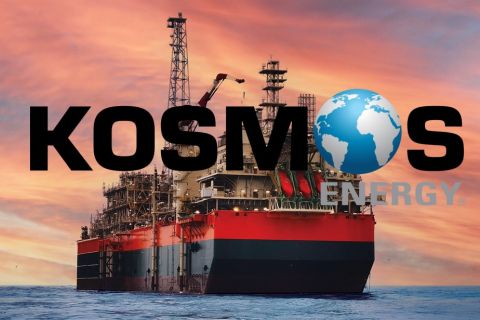The Johan Castberg and Snorre 2040 projects offshore Norway are the latest to be officially confirmed as stalled while their owners work up better economics for the developments.
Statoil said it and its partners “have put in an extensive effort to develop cost-effective solutions for the projects,” and that although significant process had been made, more time is needed, especially in light of the ongoing low-price environment.
“Castberg and Snorre 2040 are two major and important projects in our portfolio, and it is important that we find sound and robust development solutions for them,” said Ivar Aasheim, Statoil’s senior vice president for field development on the Norwegian Continental Shelf. “We see that our efforts have yielded results, and we are focused on reaping the full benefits of this in a way that ensures a sustainable and profitable utilisation of the resources in the Snorre and Johan Castberg fields. The recent decline in oil prices emphasises this,” he added.
The Johan Castberg partnership has postponed a decision to continue, the so-called ‘DG2’, until the second half of 2016, with an investment decision now expected during 2017. The licence has achieved significant cost reductions in recent years, according to Statoil, but the companies see further potential. “We have made significant progress in reducing costs for Johan Castberg. However, current challenges in relation to costs and oil prices require us to spend more time to ensure that we extract the full benefit of the implemented measures,” according to Aasheim.
Rumours of a potential FPSO solution for Castberg have been doing the rounds as the base case for some time, DI hears, but this is likely to just be one of several options still on the table at this time.
Studies are also continuing on the alternatives for oil infrastructure in the Barents Sea by a group of operators in the area including Statoil, Lundin Norway, Eni and OMV. The aim is to assess the foundation for an onshore terminal that could support multiple fields in the Barents.
For Snorre 2040, the partnership decided to extend the progress plan, with the new schedule for a preliminary decision in the fourth quarter of 2016. Snorre has one of the largest remaining oil resources on the NCS. The subsurface is complex, said Statoil, and major investments will be required to produce it.
High investments in combination with challenging profitability characterise the Snorre field’s further development leading up to 2040. Statoil said that systematic work has taken place over several years to find the right solution for this project, but that “the conclusion is that more time is needed for the owners to reduce investment costs and improve the understanding of the reservoir”.
A key ambition is to increase the recovery rate on the Snorre field, bearing in mind also that the existing infrastructure has a given technical lifespan. This will be decisive in the planning of future IOR (Increased Oil Recovery) measures.
The selected concept to construct a new platform, Snorre C, remains the basis for the work leading up to a new time for the decision point in Q4 2016. A final investment decision is scheduled for Q4 2017, with production start in late 2022.
Reserves in Snorre are currently estimated at 1.63 Bbbl of oil. The original estimate, when the plan for development and operation (PDO) was originally submitted in 1989, was around 760 MMbbl of oil but various IOR measures and new technology has more than doubled the recoverable reserves. Today the expected recovery rate is 47%.
Recommended Reading
President: Financial Debt for Mexico's Pemex Totaled $106.8B End of 2023
2024-02-21 - President Andres Manuel Lopez Obrador revealed the debt data in a chart from a presentation on Pemex at a government press conference.
Some Payne, But Mostly Gain for H&P in Q4 2023
2024-01-31 - Helmerich & Payne’s revenue grew internationally and in North America but declined in the Gulf of Mexico compared to the previous quarter.
Uinta Basin: 50% More Oil for Twice the Proppant
2024-03-06 - The higher-intensity completions are costing an average of 35% fewer dollars spent per barrel of oil equivalent of output, Crescent Energy told investors and analysts on March 5.
In Shooting for the Stars, Kosmos’ Production Soars
2024-02-28 - Kosmos Energy’s fourth quarter continued the operational success seen in its third quarter earnings 2023 report.
M4E Lithium Closes Funding for Brazilian Lithium Exploration
2024-03-15 - M4E’s financing package includes an equity investment, a royalty purchase and an option for a strategic offtake agreement.




